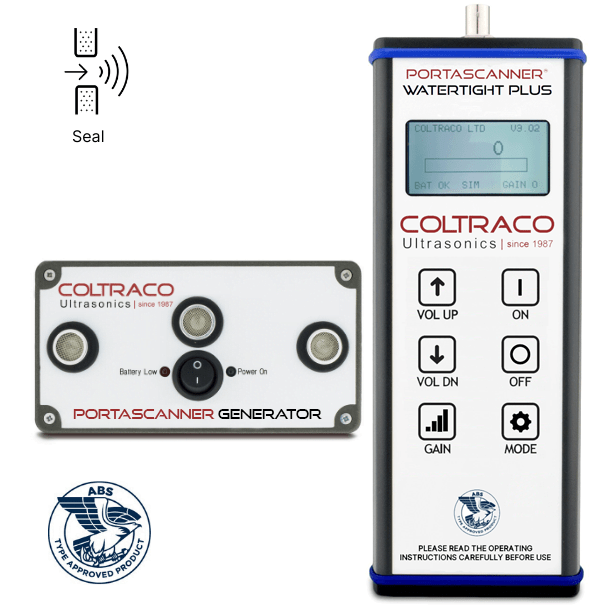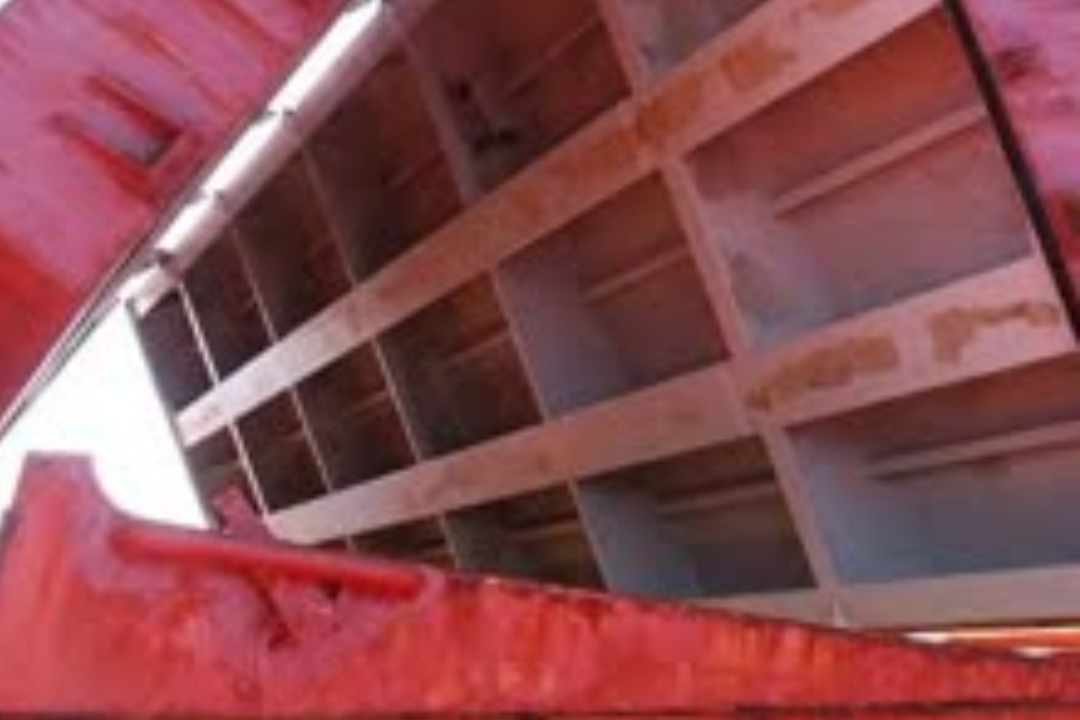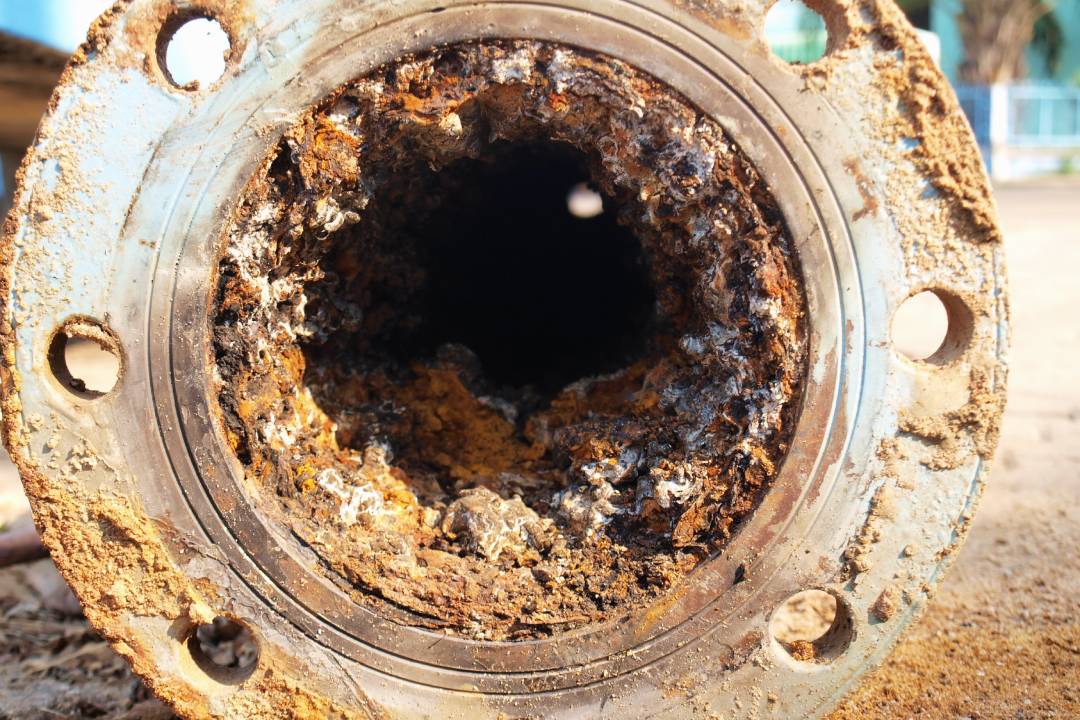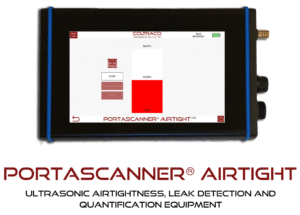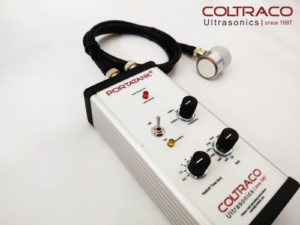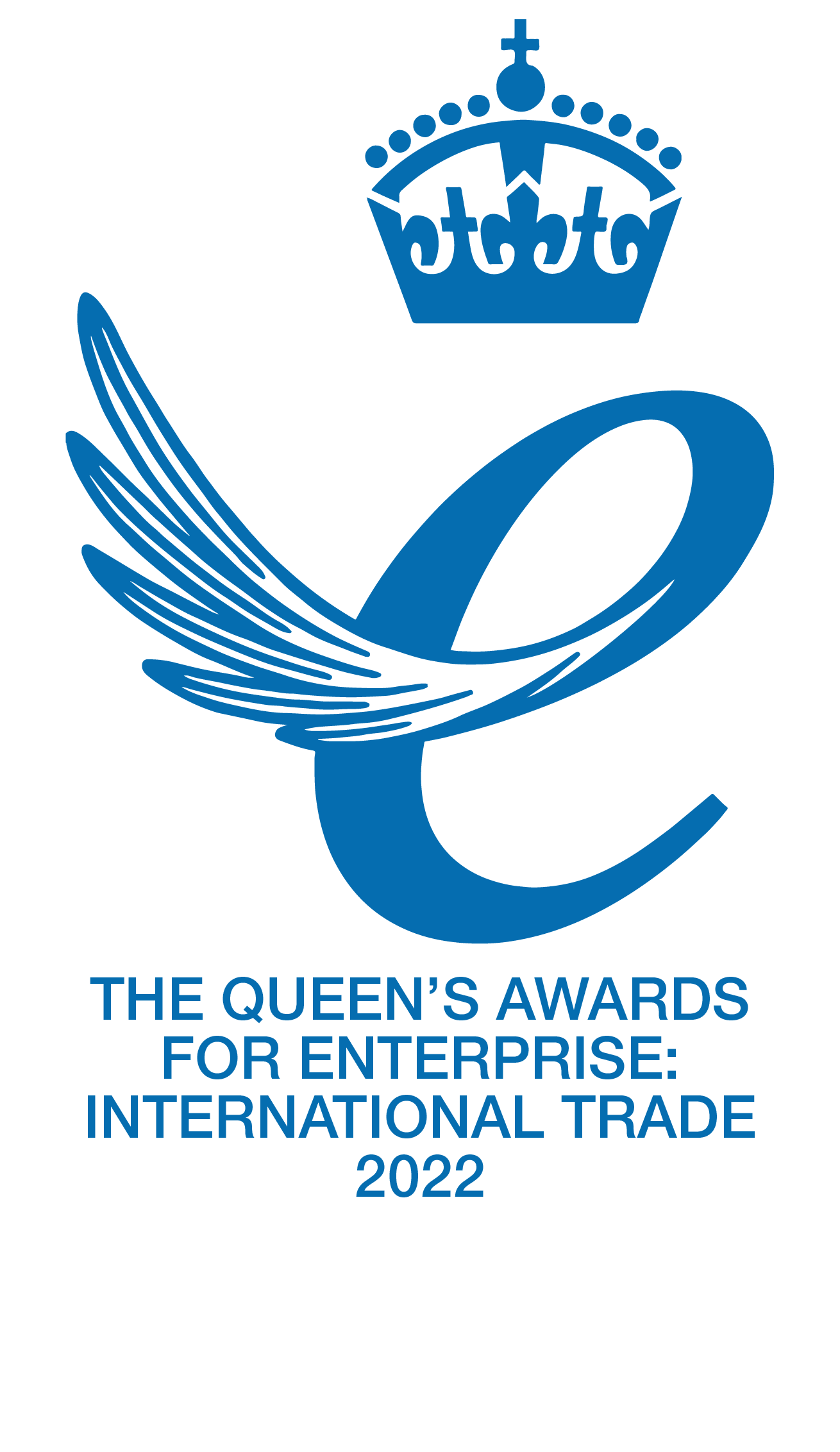Why is Hatch Cover Testing Essential For Ship Safety?
Your vessel’s hatch covers are the barrier between safe passage and costly failure. They protect the cargo hold, preserve ship stability, and prevent damaged cargo caused by leaking hatch covers.
There are various types of hatch covers used on different types of cargo ships, general cargo ships, and general cargo vessels, each generally designed to meet specific operational needs and ensure water-tightness and cargo protection.
Certain hatch cover types are generally used on specific vessel types; for example, folding hatch covers are generally found on general cargo ships. Container ship and container ships also rely on specialized hatch covers or hatchless designs for cargo protection and structural integrity.
A slight weakness in hatch coamings, compression bars, or rubber packing can allow water ingress and compromise the voyage.
Routine cover testing ensures ship safety, supports operational reliability, and provides evidence for compliance with SOLAS regulations and IACS UR Z.17. Without this, ship owners risk costly claims, lost cargo, and delays at port.
What Methods Are Used to Test Cargo Hatch Covers?
Ship owners and marine surveyors rely on various methods to assess the weather tightness of a vessel’s hatches, as even minor leaks can lead to costly cargo damage. These testing methods are applied to both the hatch opening and the deck opening to ensure water tightness and cargo safety.
Regular maintenance and timely repairs of hatch cover components are essential to ensure effective testing and long-term watertight integrity.
Traditional approaches such as the hose, chalk, and light tests provide helpful information but often lack the precision to identify hidden leaks.
In contrast, modern ultrasonic hatch cover testing uses controlled ultrasonic sound to detect weaknesses in seals with pinpoint accuracy, ensuring every cargo hatch meets the required standards for safety and compliance.
Each method has its role, but ultrasonic inspection delivers the most precise results and tremendous confidence in hatch performance.
What Is Ultrasonic Hatch Cover Testing?
Ultrasonic hatch cover testing is the modern industry standard. An ultrasonic generator emits sound waves inside the cargo hold. A receiver unit, equipped with a flexible microphone and extension arm, measures whether sound escapes through gaps in the seal. Hatch openings are tested to ensure they provide safe and efficient access to the cargo space while maintaining watertight integrity.
Ultrasonic testing can be applied to all hatch cover types, including single panel, multi panel covers, folding hatch covers, and covers that are opened, stowed, or operated by rolling, sliding, or lifting mechanisms. Panels are often connected by hinges and may use wheels for horizontal movement, while cranes are sometimes used to lift and stack hatch covers during cargo operations.
If the hatch is secure, no sound escapes. Where leaks exist, the system pinpoints the exact location with high sensitivity. The result is displayed as an Open Hatch Value (OHV) – a clear, numerical reading. A 0 dB OHV confirms a watertight seal, while higher readings indicate risk.
Unlike hose testing or the chalk test, ultrasonic inspection can be carried out with loaded cargo in all weather conditions, including sub-zero temperatures. Ultrasonic testing helps confirm that hatch covers provide access to cargo holds without compromising safety.
How Does a Hose Test Work?
A hose test sprays water onto the closed hatch covers to simulate heavy seas. Any leakage observed in the cargo hold signals a failure. While this method is recognised, it is time-consuming, unsuitable for loaded bulk carriers, and carries a risk of damaged cargo.
What Is the Chalk Test for Hatch Covers?
The chalk test applies chalk marks along the compression joint or rubber packing. When the hatch is closed, missing marks show poor contact. Although simple, this method often creates a false sense of security and is best used as a supplement, not a replacement for ultrasonic verification.
What About Visual Inspection?
Visual inspection is the first step in checking the ship’s hatches.
Surveyors look for misalignment, corrosion, and wear in rubber packing and compression bars. While this inspection is essential, it cannot confirm watertightness without further testing.
Why Choose Ultrasonic Testing Over Other Methods?
While other methods, such as the light, air, or hose tests, play roles, only ultrasonic inspection delivers measurable accuracy and pinpoint detection of potential leaks.
Our Portascanner® ultrasonic hatch cover tester offers:
- Reliable results under all weather conditions.
- Operation by a single user with hands-free options, such as waist straps.
- Apparent compliance with international standards accepted across the shipping industry.
Hatch covers are designed to suit the specific requirements of different vessel types, and ultrasonic testing is effective for all these designs.
With ultrasonic technology, you gain fast, safe, and repeatable assessments that remove doubt.
Coltraco Ultrasonics’ Hatch Cover Testing Equipment
We design and supply ultrasonic hatch cover testers trusted by operators across the globe. Each unit is supplied in a durable carry case with an ultrasonic generator, receiver unit, and accessories such as neck and waist straps for safe and flexible use.
Our systems deliver:
- Ultrasonic tightness tests that verify water tightness in seconds.
- Reliable operation in challenging conditions, from tropical humidity to sub-zero temperatures.
- Approvals and compliance recognition, including ABS Typ
- Approved and IACS UR Z.17.
By replacing traditional methods with ultrasonic testing, ship owners reduce downtime, minimise risk, and ensure every cargo hatch meets regulatory standards.
How Does Hatch Cover Testing Protect Cargo?
Unchecked leakage through the vessel’s hatch covers can damage cargo, cause insurance disputes, and cause operational delays. Effective hatch cover testing also safeguards deck cargo, optimizes stowage space, and protects each cargo compartment from water ingress.
Ultrasonic testing prevents these risks and provides documented proof of watertight integrity.
Every test strengthens your compliance record, prevents costly claims, and reassures insurers and charterers that your vessel is safe.



